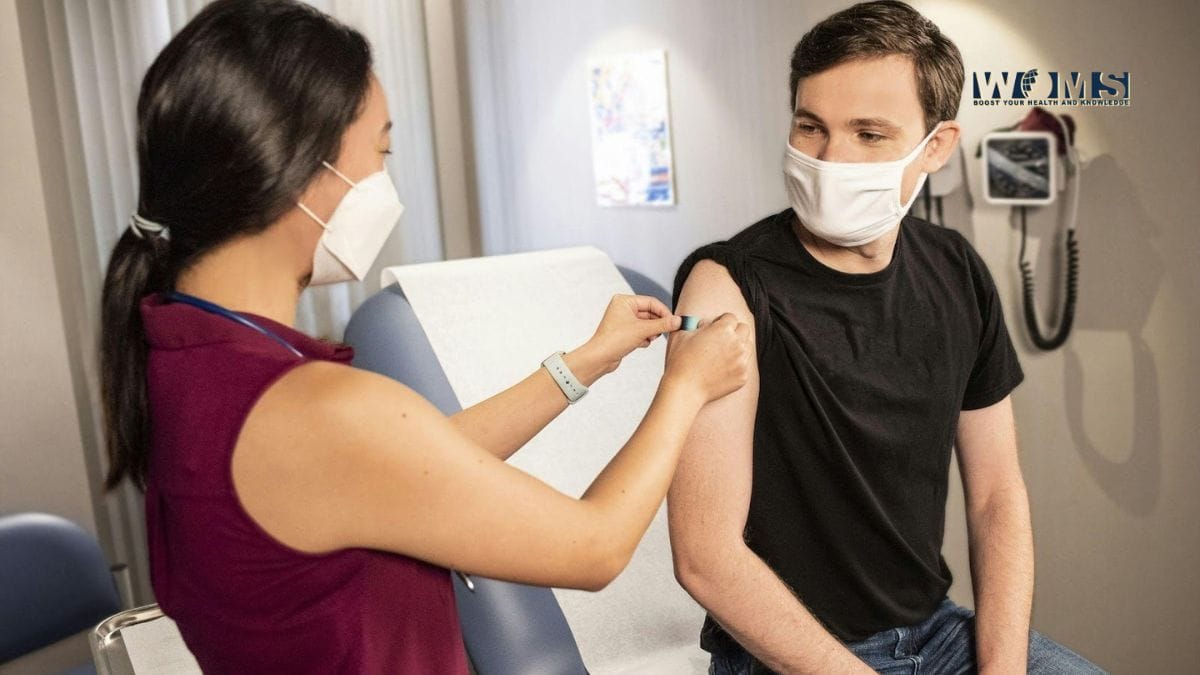Christina Propst: Improving Public Health Through Infectious Disease Prevention and Control

Infectious diseases continue to pose serious challenges to global health, often disrupting communities and overwhelming healthcare systems. While medical advancements have improved our ability to respond, prevention and early detection remain critical to limiting the impact of outbreaks.
As illustrated by Dr. Christina Propst, a multi-layered approach involving vaccination, hygiene practices, surveillance systems, and public cooperation is vital. Equally important is the role of accurate communication, access to resources, and strong infrastructure, all of which determine how effectively we can respond to current and future health threats.
Impact of Infectious Diseases on Public Health
Infectious diseases remain a major concern for public health systems worldwide, affecting millions of people each year and placing pressure on healthcare infrastructure. These diseases, caused by bacteria, viruses, or other pathogens, can spread quickly within communities and across borders.
COVID-19, measles, and influenza have demonstrated the widespread effects infectious diseases can have—not only on individual health but also on economies, education systems, and daily life. The ability to prevent and manage these diseases plays a key role in reducing long-term consequences and protecting vulnerable populations. Even minor delays in response can escalate into major crises.
Key Methods for Preventing and Controlling Disease Spread
Vaccination remains one of the most effective ways to reduce the spread of infectious diseases. Diseases like polio and smallpox have been nearly eradicated due to sustained vaccination efforts. When vaccination rates drop, diseases once thought to be under control can resurface rapidly.
Health education plays a major role in shaping behaviors that limit transmission. When people know how diseases spread and what steps they can take—such as maintaining hand hygiene or staying home when sick—they are more likely to adopt habits that protect both themselves and others. Simple actions like covering a cough or regularly disinfecting surfaces can significantly reduce infection rates in shared spaces.
Access to clean water, proper sanitation, and safe food handling also contributes. In areas where these resources are limited, outbreaks tend to be more frequent and harder to contain, underlining the connection between infrastructure and health security. Strengthening public utilities and sanitation systems is a foundational step toward long-term disease control.
Early Detection and Surveillance Systems
Timely identification of infectious threats allows public health authorities to respond swiftly, often stopping outbreaks before they escalate. Surveillance systems track patterns in illness, helping pinpoint unusual spikes in cases that may signal the beginning of a larger problem. Early alerts enable quicker isolation and treatment, reducing the potential for widespread transmission.
Data collected from hospitals, clinics, and laboratories is analyzed to identify trends and potential hotspots. This information guides decisions on interventions, such as deploying medical supplies or issuing public health advisories. When health systems are alert and well-coordinated, they can act early enough to prevent widespread transmission.
During the early days of COVID-19, delays in detection and fragmented reporting allowed the virus to spread more rapidly. In contrast, countries with robust surveillance infrastructure were able to detect clusters and implement control measures more efficiently.
Cross-Sector Collaboration
The fight against infectious diseases relies on more than just healthcare professionals. When governments, international agencies, researchers, and local communities coordinate efforts, results are often more impactful.
Public trust plays a key role in this equation. When people believe in the credibility of health authorities and feel included in the decision-making process, they are more likely to follow guidance and participate in prevention programs. During the Ebola crisis, community engagement helped overcome resistance to treatment centers and safe burial practices, ultimately curbing transmission.
Schools, businesses, and religious institutions also contribute by adapting policies that limit exposure risks. A collective approach ensures that no single sector bears the full burden, creating a more resilient response system. In times of crisis, collaboration can mean the difference between containment and catastrophe.
Overcoming Obstacles
Widespread misinformation, especially online, can undermine public health campaigns and erode trust in proven prevention methods. Partnering with trusted community voices can help dispel myths and encourage healthy behaviors.
Access remains another major hurdle. In many low-income regions, people lack basic healthcare services, making it difficult to receive timely diagnoses or vaccinations. Mobile clinics and community health workers have helped bridge these gaps in some areas, but more consistent investment is needed to reach the most vulnerable. Without ongoing support, temporary solutions may not be sustainable.
Addressing global health disparities requires long-term commitment. Without fair distribution of resources, the world remains susceptible to recurring outbreaks that could have been contained with earlier intervention.
Strengthening Systems for Future Preparedness
Investing in a stronger public health infrastructure lays the foundation for faster responses to future threats. This includes not only improving laboratories and hospitals but also training a skilled health workforce that can manage crises effectively. Workforce readiness is often the first line of defense in emerging outbreaks.
International cooperation has proven vital in managing past pandemics. When countries share data, research, and medical supplies, they stand a better chance of containing diseases before they become global emergencies.




